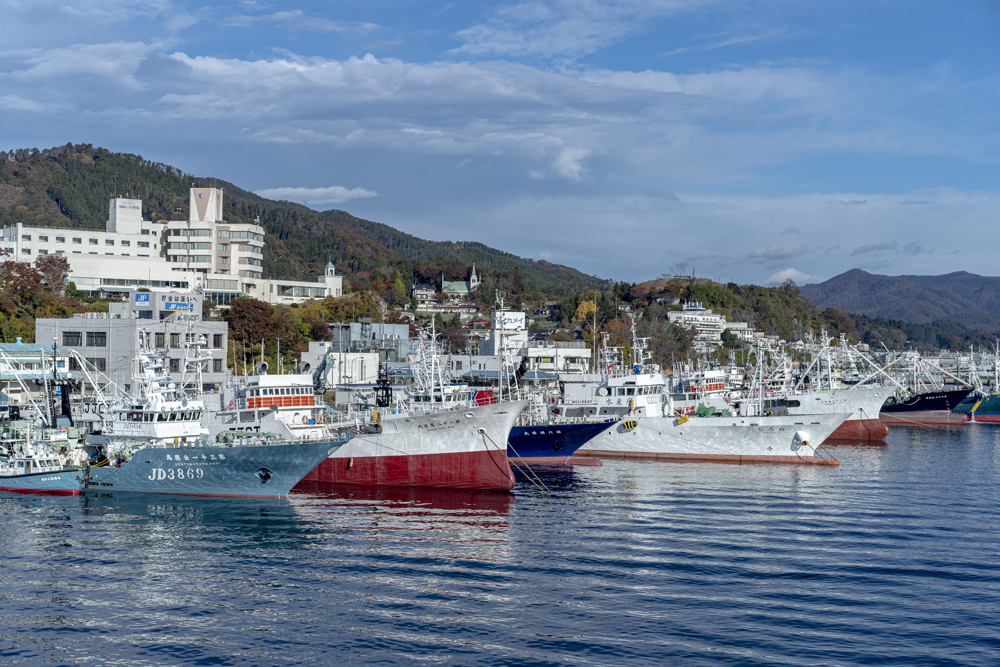CASE STUDY
Search by area
Search by keyword
- All
- Ryotei & Restaurants
- Lodging/Hotels
- Producers
- Technology
- DX (Digital) & SNS
- City Planning
- Utilization
- Gastronomy and Culinary
- Japanese Nature
- Japanese history and traditional culture
- Japanese Food Culture
- Agriculture
- Fisheries
- SDGs
- Local production for local consumption
- Foreigner Activation
- Experience
- Overseas Expansion
- Fermentation
- Public-private partnerships and collaborations
- Sake
- Community Revitalization
- Spirituality
- Japan of the Sea
- Mountain Japan
VIEW ALL
-
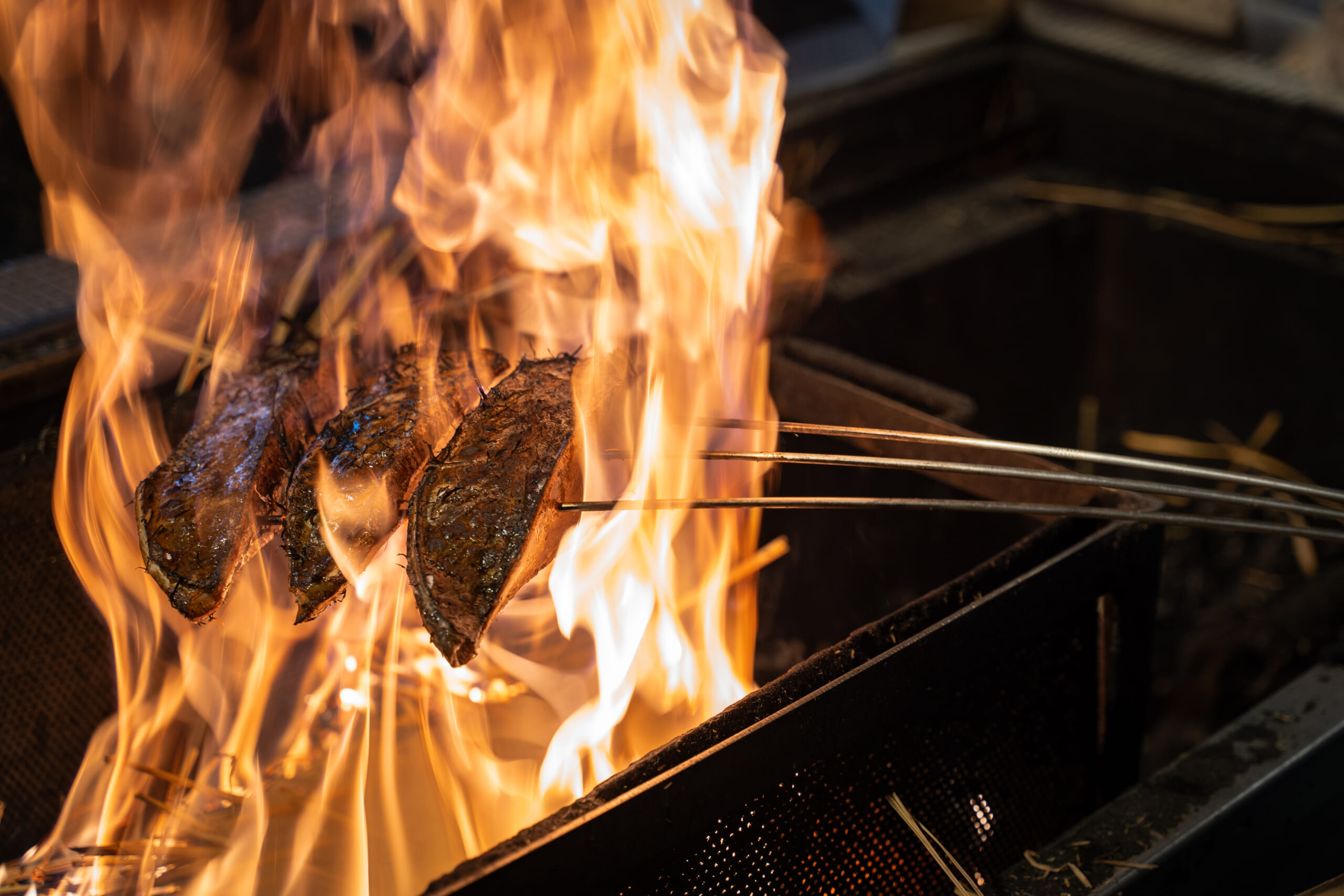
Chugoku
23 Highly Unique Regional Food Cultures Born from the Blessings of the Kuroshio Current
Kuroshio Town, located in the southwest of Kochi Prefecture, is home to an expansive coastline featuring stunning sandy and rocky beaches, as well as luscious green mountains. As its name suggests, it is flourished as a port town that was built on the blessings of the Kuroshio Current, which flows from the south coast of Japan up to the North Pacific Ocean. Since long ago, people in the town have lived alongside the rich fishing grounds provided by the Kuroshio Current. Although a wide variety of seafood is caught throughout the year in Kuroshio Town, the katsuo, or bonito, that arrive on the Kuroshio Current have played a particularly key role in the town’s food culture. The katsuo are caught using a more than 400-year-old technique called Tosa ipponzuri, which sees fishermen use a single rod and lure to lift fish from the sea. Kuroshio Town is still home to an abundance of traditions developed by the Kuroshio Current, and today it is working to incorporate new elements into these traditions to create new value.
Read more -
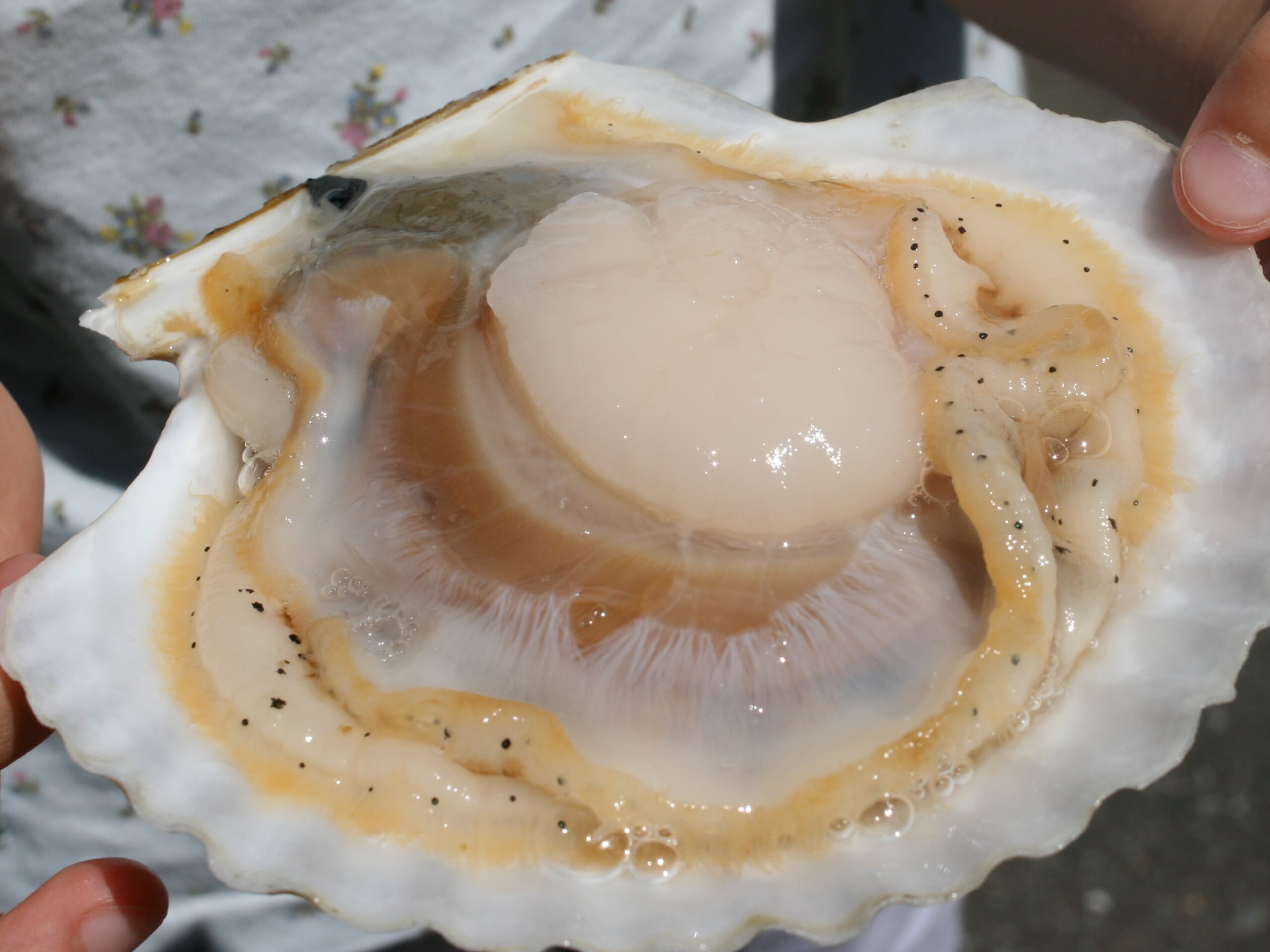
Tohoku
22 Transforming Conventional Notions Surrounding Scallops A Global Brand Strategy from Iwate Prefecture in Sanriku
Located in the center of the Sanriku coastline in the southeastern part of Iwate Prefecture, Kamaishi City is blessed with an abundance of delicious seafood. The city is also known as the birthplace of the modern iron industry. Kamaishi is also famous across Japan for being a rugby city, with the local Nippon Steel Kamaishi rugby club winning the All-Japan Rugby Football Championship for seven consecutive years between 1979 and 1985. Located in this city of diverse charms is Yamakiichi Shoten, a shop established in 1989 that today produces the so-called Swimming Scallops, which are said to be the most valuable scallops on the market. Inheriting the ideas of Yamakiichi Shoten’s founder, current Managing Director Takeichi Kimigahora is aiming to grow these Swimming Scallops into a new Sanriku brand and “communicate the value of scallops from Sanriku worldwide.”
Read more -
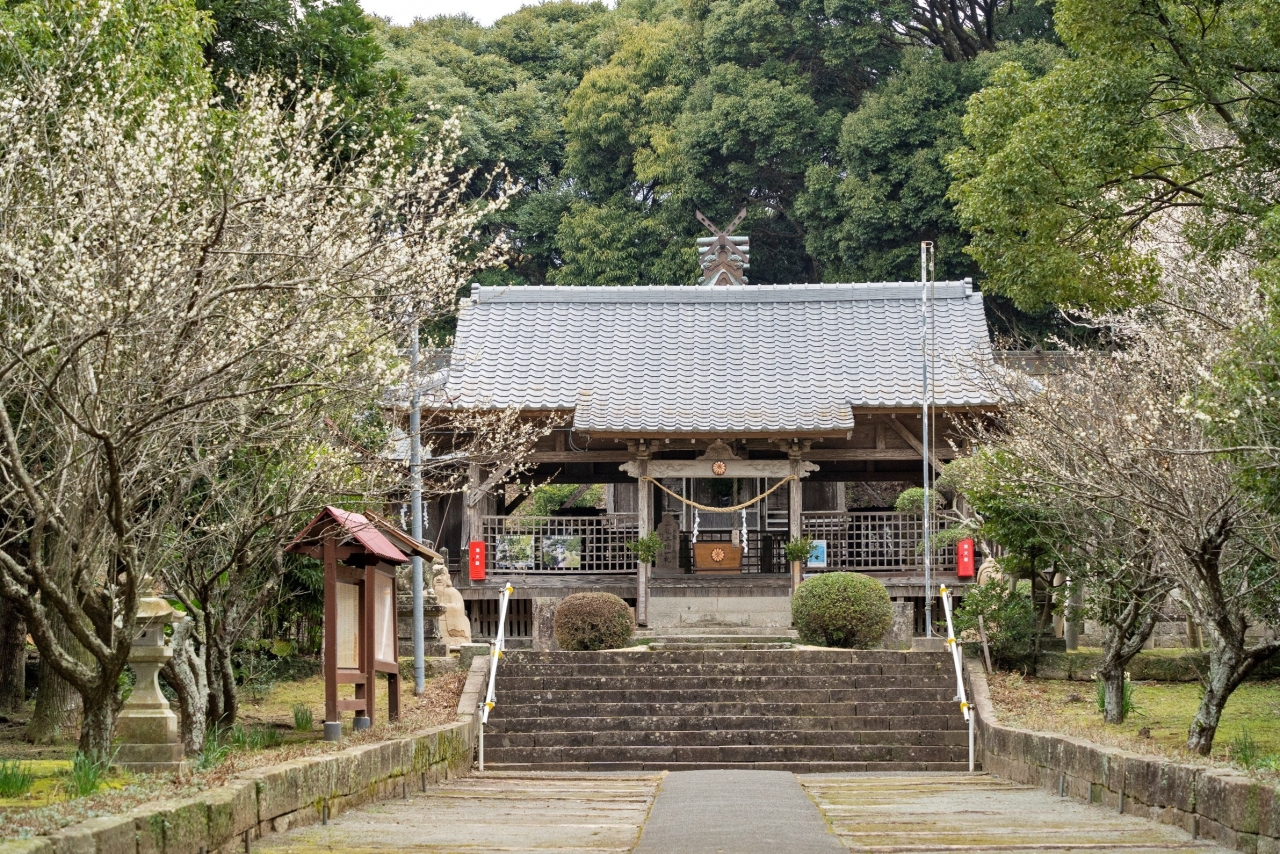
Kyushu
18 A Pioneering Spirit to Spread Satsuma Shochu Worldwide―Satsuma
The stories of the dieties at Takaya Shrine in Minamisatsuma City, Kagoshima Prefecture, are said to have foretold the birth and development of shochu in Kagoshima, and as such the shrine has come to be known as the Shochu Shrine. Traditionally, Kagoshima has not been suitable to rice cultivation—and in turn sake production—due to its high temperatures, high humidity, frequent typhoons, and volcanic soil. During the rule of the Satsuma clan in the mid-Edo period, however, the sweet potato shochu production flourished as a local culture with the arrival of sweet potatoes. From then onward, the industry has overcome the area’s unfavorable geographical conditions by incorporating techniques from overseas, such as unique distillation methods and the use of black koji mold. Doing so helped to develop a unique sweet potato shochu. Toward the end of the Edo period, the Satsuma clan produced many outstanding individuals who helped to drive the modernization of Japan. A pioneering spirit of boldly taking on difficult challenges and creating a new era without being bound by precedent is firmly rooted in this region. Today, the endeavors of various shochu distilleries and their initiatives with local communities are helping to spread the charms of Satsuma Shochu worldwide.
Read more -
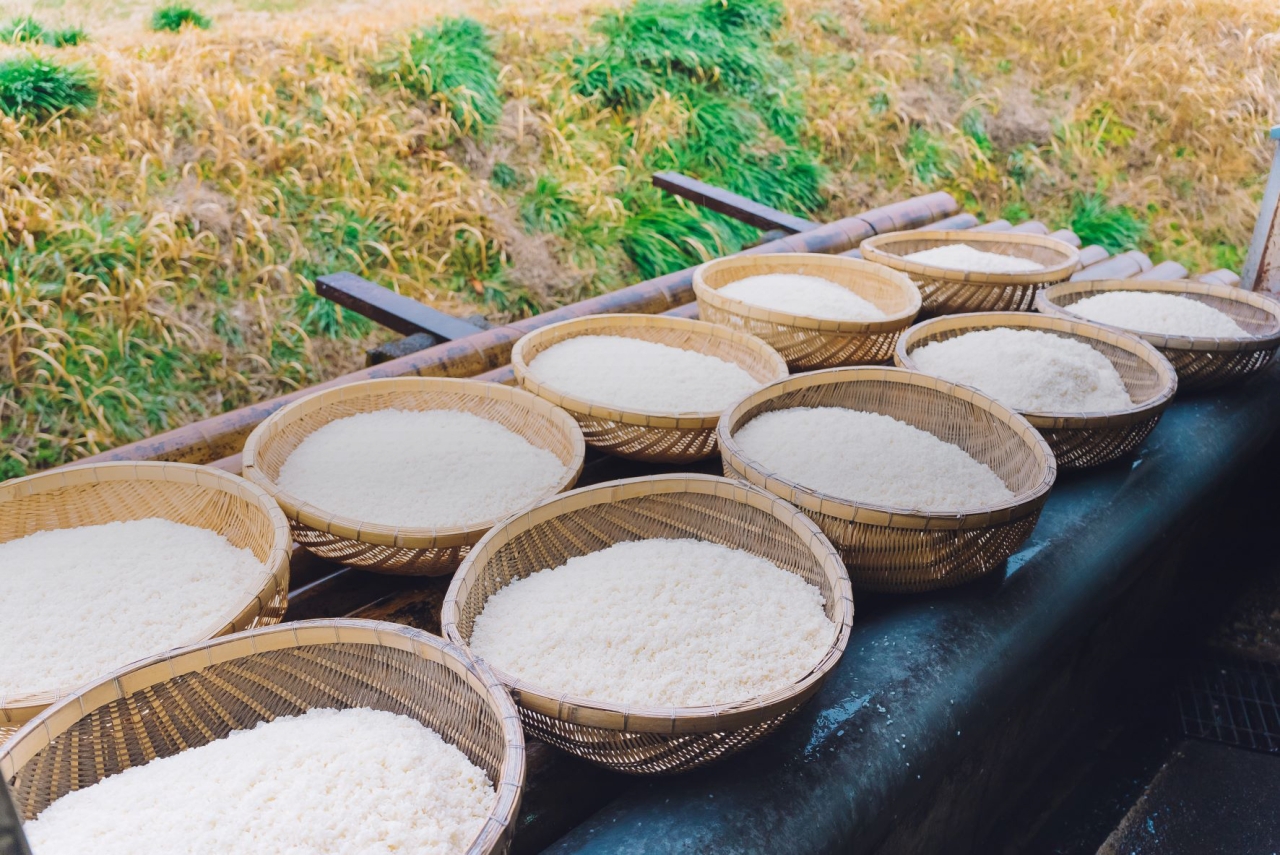
Kyushu
17 Building a Future for Kuma Shochu through the Passion and Strategies of Local Distilleries Hitoyoshi Kuma
Kuma Shochu is one of the shochu brands designated as a Geographical Indication by the World Trade Organization. It is produced in the Hitoyoshi Kuma region, which is in a long, thin basin that stretches 40 km east to west and 10 km north to south in the southern part of Kumamoto Prefecture. The basin is surrounded by the Kyushu Mountains and through its center runs the Kumagawa River, one of the three fastest flowing rivers in Japan. Hitoyoshi Kuma has been called “Japan’s most vibrant hidden village.” Unusually, there are 27 different shochu distilleries centered in this one region. Each of these distilleries has carried forward the area’s more than 500-year-old rice shochu tradition, and today they continue to create unique shochu products that maximize their individual features and charms. During the Meiji period (1868–1912), Kuma Shochu was an extravagant drink that cost four times as much as sake. One of Kuma Shochu’s appeals is the hard work that distillery owners put in to raising the product’s value.
Read more -
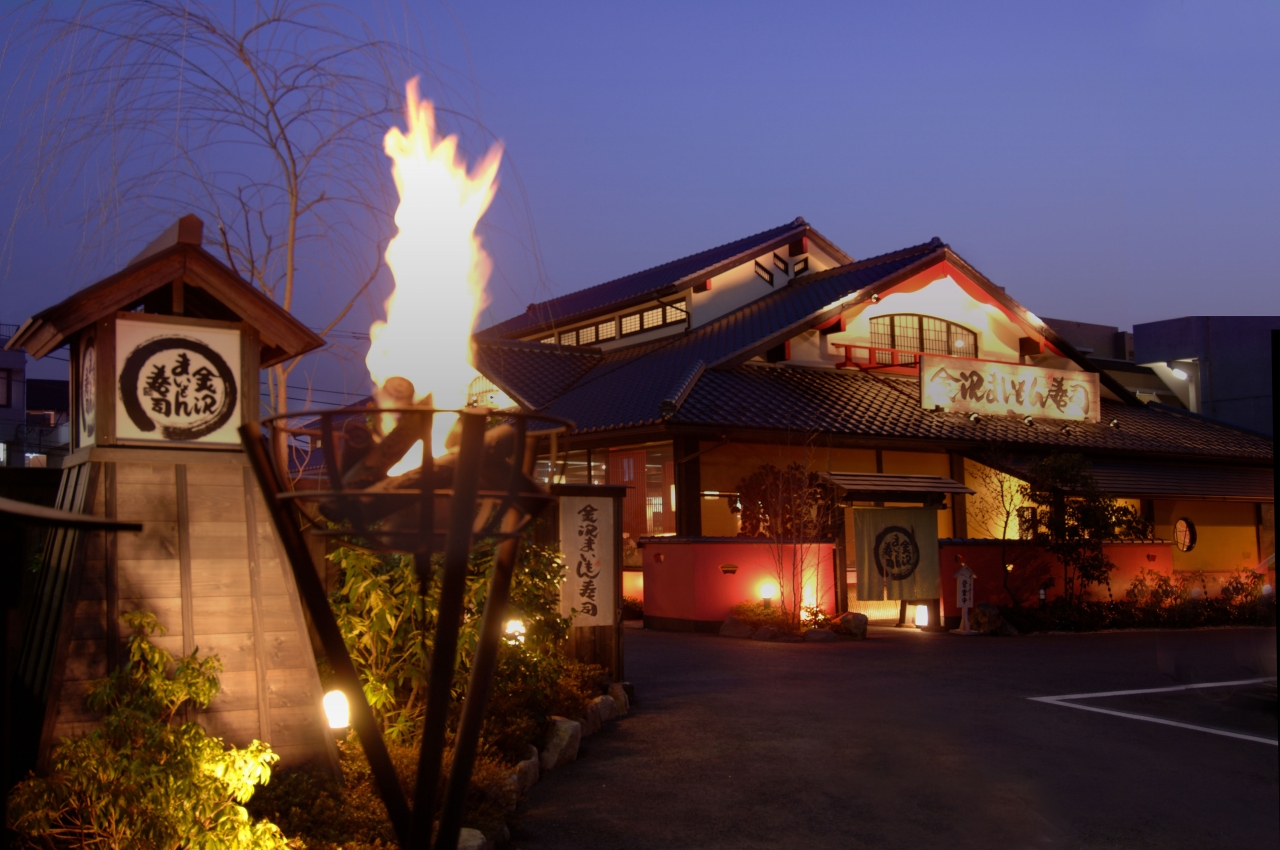
Hokuriku
16 SUSHI×TECHNOLOGY Pioneering the Future of Food Culture from Kanazawa.
Kanazawa City in Ishikawa Prefecture in Japan’s Hokuriku area is known for Kenroku-en Garden, Kanazawa Castle, and the Nagamachi Samurai District, all of which are steeped in the history and culture of the expansive former Kaga domain; as well as magnificent food culture that incorporates the delights of the Sea of Japan. Kanazawa Maimon Sushi was first launched in Kanazawa City in 2000. Extremely popular as a high-quality, gourmet kaitenzushi (conveyor-belt sushi) restaurant, Kanazawa Maimon Sushi has attracted a lot of media attention. M&K Corporation is the restaurant’s managing company, and using Kanazawa as its platform, it is currently working to expand the potential of sushi worldwide as a central element of Japan’s food culture. Kanazawa Maimon Sushi has in place a unique strategy for the future of sushi—this has the potential to impact significantly on food not only in Japan, but around the world.
Read more -
Kesennuma City in Miyagi Prefecture is surrounded by sea and mountain, and its port has landed the largest volume of katsuo, or bonito, in Japan for 25 consecutive years. During the 2011 Tohoku earthquake, however, the area in and around the city suffered huge damage. Now, Kesennuma is transforming into an attractive city with new ambition. With the worldwide support,the development is thanks to locals who rediscovered their city’s attractions and developed a strong desire to the reconstruction, and new individuals from outside who sympathized with the city’s passions. Today, both born and bred locals and supporters from outside the city are working together to create an integrated regional model. Welcoming outsiders with open arms and respecting diversity—speaking to those engaged in the creation of a new Kesennuma has helped to shine a light on the strategies and ideas involved.
Read more -
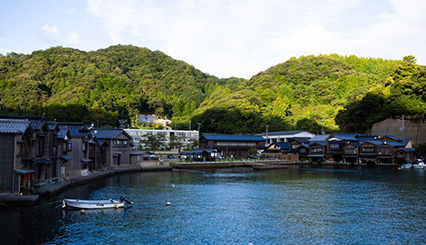
Kinki
14 Lifestyles in Close Proximity to the Sea.An Area that Brings Together Sustainable Development and Unique Attractions—Ine Town
Ine Town, located in the northern part of Kyoto Prefecture, is known for its funaya, or wooden boathouses. One of the most scenic spots in Japan, the town is frequently used as a filming location for movies and TV dramas. Visitors to Ine Town can experience what it is like to live closer to the sea than anywhere else in Japan. The sea and the fish within it could not be any closer. What is the best way to communicate the unique charms of Ine Town to the wider world? Today, the ideas of Ine locals are gradually taking shape. Be it initiatives to promote the area’s unique seasonal delights, including early summer oysters, autumn squid, and winter yellowtail; accommodation limited to one group per day where guests can fully enjoy being right next to the sea; or new tourism projects to further vitalize the town. Locals are steadily making progress toward the future while balancing the history and nature of Ine Town with entirely new elements.
Read more -
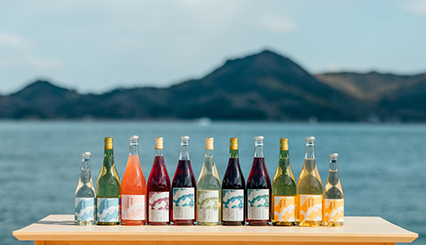
Chugoku
13 Creating New Value—the Setouchi Terroir
SETOUCHIJOZOJO, the closest winery to the sea in Japan, was established in 2021 on the remains of a shipyard in Sunami, an area in Mihara City in Hiroshima Prefecture. Right in front of the winery is Mihara-Seto, where is said to be one of the most popular sights of the Seto Inland Sea for the beautiful landscape of many islands. The winery’s buildings cut the landscape which is picturesque and spreads over wherever you see. The concept for SETOUCHIJOZOJO is “Wine and Winery that Travels around Setouchi.” Utilizing the unique features of each ingredients’ producing regions, they produce wine and cider without any additional sugar, placing the utmost value on the original flavor of the fruits and the producers’ thoughts and ideas. At the winery’s adjoining restaurant, Mio, visitors can enjoy pairing seasonal foods from the Setouchi area and various wines and ciders created from products from the mountains. The restaurant has recently garnering attention as a new tourist hotspot of the Seto Inland Sea. For Yuya Ota, owner of the winery and restaurant, this was not a family business, nor does he have any experience in winery and restaurant management. Ota says that the biggest power in setting up the business from the ground up was “co-creation with regional stakeholders.”
Read more -
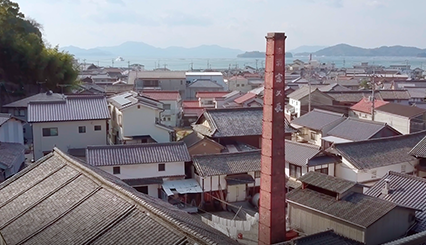
Chugoku
12 Diverse Flavors Brewed by a Fourth Generation Female Master Brewer Carrying the Traditions and Techniques of the Hiroshima-toji into the Future
The town of Akitsu is home to the Hiroshima-toji, a guild of master brewers. Facing the Seto Inland Sea, the town flourished as a port for the shipment of sake rice from the Hiroshima domain during the Edo period. Here one can find Imada Shuzo Honten sake brewery run by master brewer Miho Imada. Imada was the only Japanese on the list of the BBC 100 Women 2020, which showcases women who influenced the world. She was awarded because of working in the world of sake brewing, which has traditionally been a male-dominated society, and continued promoting the appeals of sake to the world, exporting 30% of its production despite being a small brewery. Today, Imada continues to bring the fascination of sake to the world with stories of the Hiroshima-toji. She has created unique tastes such as Fukucho, which is made from Hattanso, an oldest sake rice revived by Imada and have not been produced for more than a century; Seafood, sake with lemon-like acidity designed to be paired with oysters; and Legacy, sake that is used ginjo sake made by previous generations of master brewers, instead of brewing water.
Read more -
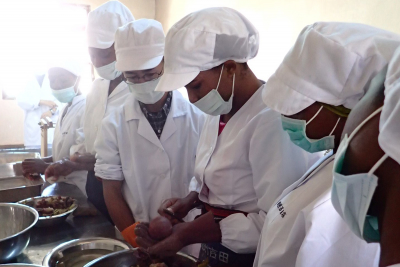
Overseas
10 Developing a Dried Sweet Potato Export Business in Africa
Recently, dried sweet potatoes have again grown in popularity for their simple, delicious taste and their benefits as a health food. With a history that can be traced back to the Edo period, techniques for the production of dried sweet potatoes have existed for around 200 years. Matoborwa, a company established in Tanzania in East Africa, is currently hard at work to create a new dried sweet potato export business. It is doing so with support from Terunuma, a long-standing sweet potato store from Ibaraki Prefecture. Key to the project’s success is the introduction of the Tamayutaka sweet potato variety from Japan—optimally suited to the production of dried sweet potatoes—and the creation of a collaborative cultivation system with local contracted farmers. Despite the long distance between Japan and Tanzania and their two varying dried sweet potato cultures, both are working together to launch a new business. Below, we hear from Matoborwa representative Tatsuo Hasegawa about agribusinesses and food processing businesses in Africa, the background to this new venture, and its future possibilities.
Read more
記事検索
キーワードから探す
- すべて
- Ryotei & Restaurants
- Lodging/Hotels
- Producers
- Technology
- DX (Digital) & SNS
- City Planning
- Utilization
- Gastronomy and Culinary
- Japanese Nature
- Japanese history and traditional culture
- Japanese Food Culture
- Agriculture
- Fisheries
- SDGs
- Local production for local consumption
- Foreigner Activation
- Experience
- Overseas Expansion
- Fermentation
- Public-private partnerships and collaborations
- Sake
- Community Revitalization
- Spirituality
- Japan of the Sea
- Mountain Japan
VIEW ALL


